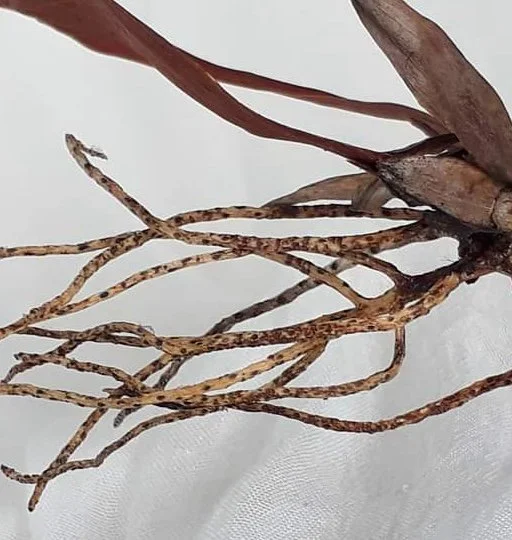Common Name: Arctic Tripod Cranefly
Scientific Name: Ptilogyna tripes artica
Specimen Length: 165mm
Specimen Sex: Male
First Described: AD 2278
Description and Habitat: Ancestors of P. tripes artica first migrated to the Arctic tundra as gradually receding glaciers allowed for more delicate and unusual animals to survive in such a new and ever-changing habitat. This very light and agile insect has evolved to cope with the aggressive winds in this still hostile environment by having a minimum of extraneous appendages, hence only three legs, but a very convoluted cage-like abdomen structure, allowing its many tracheal branches a greater surface area for the system of gaseous exchange at the very high altitudes it inhabits. The large singular eye sits behind a protective mask, shielding it from any airborne detritus and the desiccating effects of constant wind.
Reproduction: The adult female usually contains mature eggs as she emerges from her pupa, and often mates immediately if a male is available. Males search for females by floating up and down in the air column, using the acute olfactory senses spread across their mask to detect the scent of a newly hatched female. Courtship competition is often a stunning display of flight and agility between males vying for the female’s attention, but copulation itself takes but a few seconds and has only been observed on vegetation or terrain where the ground is no longer frozen. The female immediately oviposits, usually in wet soil or mats of algae, although some reportedly simply drop their eggs in flight. Most eggs are black in colour and they often have a filament which may help anchor them in wet or snowy environments, the latter causing the eggs to freeze until such time as the environment become hospitable to birth.
Life Span: Up to 45-60 days.



